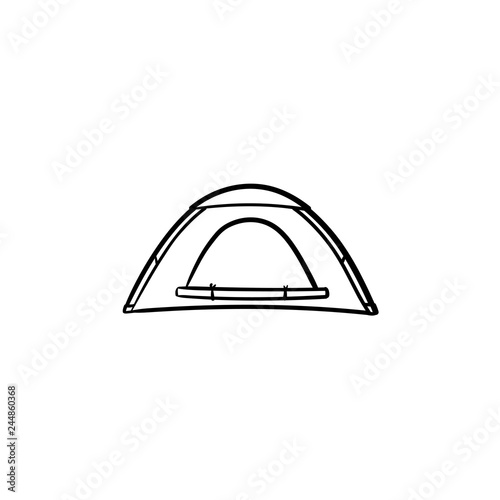Rainfall flies are an essential device for wall surface camping tents. They enhance the ability of an outdoor tents to secure campers from extreme weather conditions while providing included convenience and sturdiness.
Regular cleaning of a rain fly keeps mud, mildew, and debris from ruining it. Likewise, making certain the correct stress of a rainfly stops it from drooping and permitting water to accumulate below.
Climate Resistant Products
The product utilized in building jobs can impact the durability and sturdiness of the job. Selecting weather-resistant products helps in reducing upkeep prices and conserves sources for future repair work and replacement.
Wood might not be the first material that comes to mind when reviewing weather condition resistance, yet it is extremely sturdy when correctly treated with preservatives. Cedar, redwood, and teak wood are instances of naturally rot-resistant timbers used to make a range of exterior furniture and frameworks.
High-performance canvas wall camping tents are designed to withstand dampness and keep campers comfortable. It is important to tidy canvas and tents routinely to get rid of dust, mud, and dirt. It is additionally essential to rinse off any kind of deposit from the canvas tent prior to saving it away for use. Stay clear of using bleach, as it ruins the water-resistance treatment and makes the outdoor tents more susceptible to leak. Conversely, a soft brush and a pipe can be made use of to extensively scrub the canvas outdoor tents and rinse it off with water till it is totally filled.
UV Direct exposure
Unless a camping tent is made from UV-resistant material, long term direct exposure to sunlight will certainly create it to break down. This is true of all fabrics, however it's especially obvious for tents and canvas structures due to how much they're made use of in outside settings. UV radiation can create dyes to break down, causing a loss of shade vibrancy.
A rainfly safeguards wall camping tents from these harmful UV rays by showing them before they can permeate the structure and reach your skin. It's important to pick a rainfly with a UPF score of 50 or greater to get ideal UV security.
A rainfly also aids manage the temperature level inside an outdoor tents depending on the period. A lighter rainfly can maintain tents from absorbing excessive heat in the summer season, while a larger rainfall fly can help protect against warmth from leaving the outdoor tents throughout colder months. In either case, these extra layers of insulation can significantly extend a camping tent's life-span.
Wetness Damage
Canvas tents are rather long lasting and can last 15-30 years with diligent care, but even one of the most high-performance canvas is not impervious to rainstorms. A rain fly or fly sheet adds a layer of security for the roofing system of your canvas camping tent and aids avoid dampness damages.
Condensation, mold, and mold are not only unattractive, but they can likewise damage the structural stability of your canvas outdoor tents. Avoiding these troubles is not difficult, however it needs thorough care and interest to detail.
Make it a routine to evaluate your tent in the morning and remove any all-natural condensation, dew, or snow that has actually accumulated externally. Afterward, make sure to spread your camping tent out in an open location and make use of a soft insect repellent brush to scrub away any mold and mildew and mold that has actually created. Once you have removed the impacted locations, re-treat the outdoor tents with a mold and mildew killer solution and rinse it completely to avoid any type of future problems.
Wetness Buildup
While typical, condensation can damage products if left unattended. The good news is, positive strategies like cleaning surfaces and airing out camping tents reduce condensation' effect.
Camping tent material, climate conditions and usage patterns add to condensation levels. Sailcloth, for example, resists water vapor dissipation and tends to show handmade droplets quicker than polyester or nylon options. Recognizing this difference educates just how camping tent proprietors manage condensation.
Owner's exhaled breath and damp clothing and devices spike moisture levels. An absence of ventilation methods permits wetness to condense when cozy interior air satisfies cooler surface area temperatures. This cycle intensifies on humid evenings or when an outdoor tents is positioned in reduced places. Inspecting and cleaning outdoor tents surfaces quickly after cooling motivates wetness to distribute before harmful textiles or forming mold. Local air movement, such as directing a fan towards joints, more aids the process. Acknowledging one of the most susceptible locations of an outdoor tents, like high ridges and corners, assists campers simplify their moisture administration regimens.
